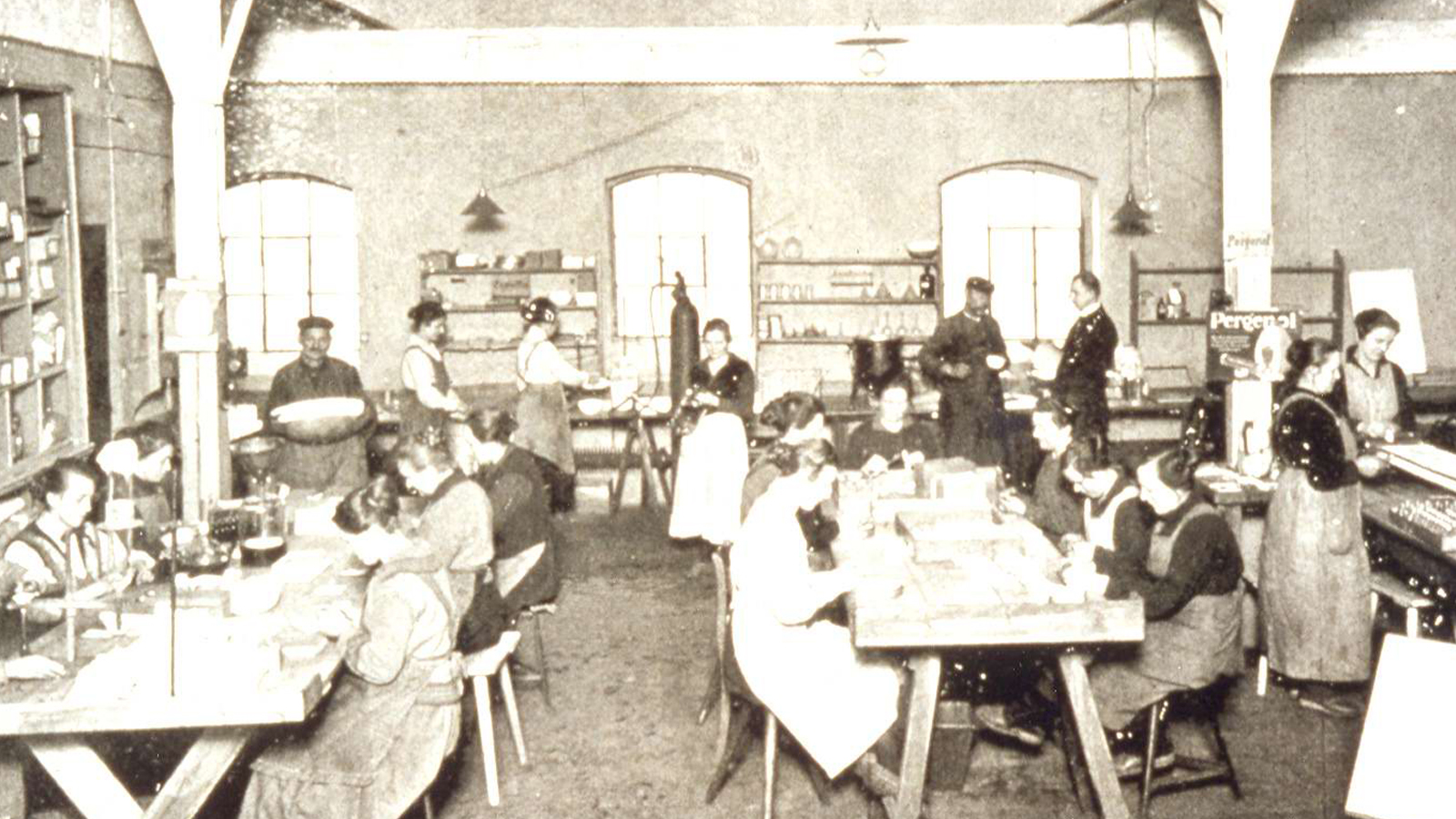
Strengthening Our Global Production Network in Oranienburg
Takeda’s center of excellence for solid pharmaceuticals
As part of the global Takeda manufacturing network, Oranienburg is one of 23 production sites in 16 different countries. Within the network, the site is considered a “center of excellence” for solid pharmaceuticals. Almost 6.2 billion pills and capsules are being produced there annually. The 118 products manufactured at the site in 800 different variants are for medicines to treat gastrointestinal, cardiovascular, metabolic, and neurological diseases. About 98 percent of the products from Oranienburg are shipped to over 100 countries all over the world. Since the opening of the plant in 1995, the site has successfully passed all audits by major international authorities.
As of April 2017, Takeda’s Oranienburg plant had 766 employees, including 58 apprentices – a record in the 130-year history of this site. The expanded capacities of the site have led to the creation of 180 new jobs and apprenticeship positions reflected in the latest total.
Applying future technologies such as 3D printing
In parallel to investing current technologies, Takeda is already exploring the future. At the inauguration ceremony in Oranienburg, the uses of a 3D printer were demonstrated. Takeda is currently using 3D-printing technology to produce difficult-to-find spare parts quickly and cheaply for its production machines. This cutting-edge technology increases the flexibility of the site and reduces the dependence on supply chains. In the future, Takeda may also directly print pharmaceutical tablets and pills. The foundation for this technology already exists, and further research is being conducted in cooperation with various partners.
Investing in another German site for producing vaccines
Aside from its facilities in Oranienburg, Takeda operates a second German manufacturing site in Singen. Currently, Takeda is investing 100 million euros into a new building there for the production of vaccines against Dengue fever, one of the fastest spreading mosquito-borne viral diseases. It is endemic in more than 100 countries and threatens more than 40 percent of the world´s population.
Due to the investments at both sites, the number of employees at Takeda in Germany continues to rise and recently exceeded the milestone of 2,000 people.
The history of pharmaceutical production in Oranienburg
Renewal after WWII and German reunification
In 1873, Dr. Heinrich Byk founded his eponymous company in Berlin, producing sleep aids and asthma drugs. Due to the rapid growth of both the business and the city of Berlin, Byk moved his company to nearby Oranienburg in 1885. During World War II, the site was almost fully destroyed by Allied bombing. Located in the post-war Soviet sector, the company was rebuilt by East Germany, which exported pharmaceuticals to earn foreign currency. After German reunification in 1990, the site was bought by the company ALTANA AG in West Germany. Outdated facilities in Oranienburg were torn down, and construction began on one of the most modern pharmaceutical plants in Europe, which became operational in 1995. In 2005, the completion of the second production facility doubled the capacities of the site, which was already exporting most of its medicines globally.
 Labor work 1920
Labor work 1920
ALTANA was acquired in 2006 by the company Nycomed, which was, in turn, acquired by Takeda in 2011. In 2014, Takeda announced an investment of 100 million euros to establish a third production facility and expand the high-bay warehouse by 2017.